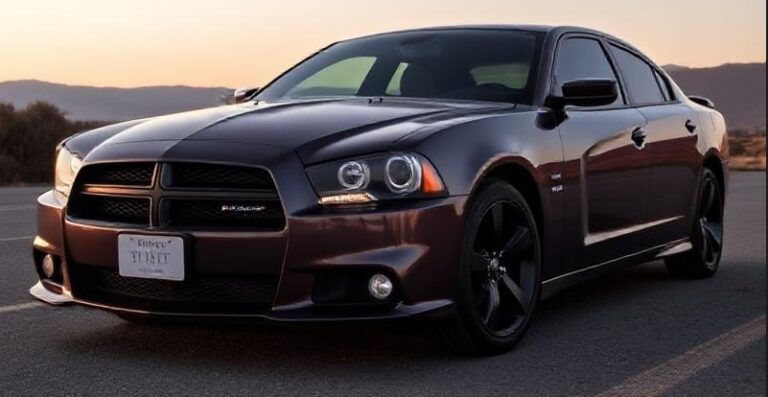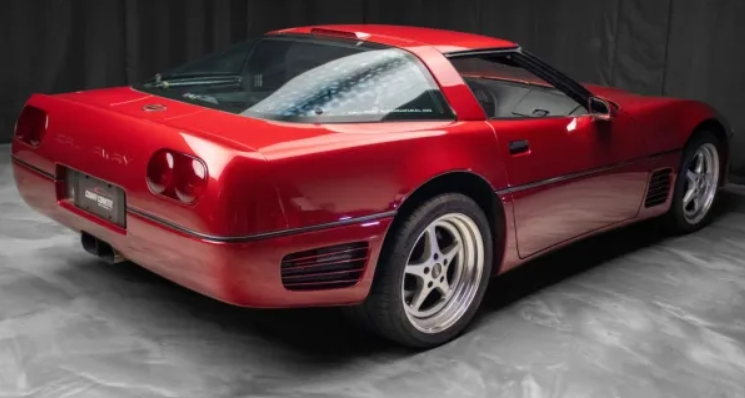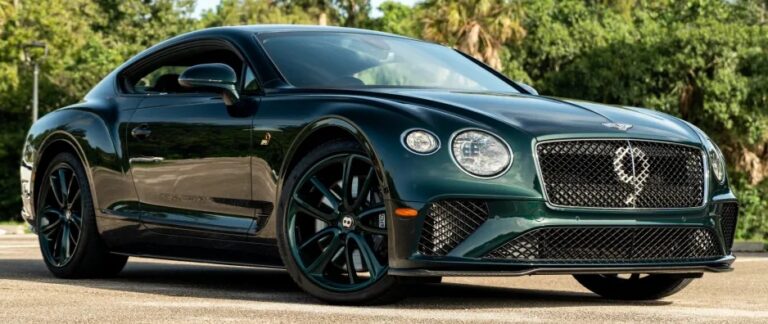The Evolution of the Kia Amanti: A Journey Through Luxury and Innovation
The Kia Amanti, a full-size sedan that bridged the gap between affordability and luxury, made its mark within the automotive landscape from its debut in the early 2000s. This article explores the evolution of the Kia Amanti, looking at its years of production, models, trim levels, and the changing automotive market that necessitated its development.
Introduction to the Kia Amanti
The Kia Amanti was first introduced in 2003 as Kia’s entry into the luxury sedan market, with aspirations to compete against established brands such as Toyota, Honda, and even the luxury divisions of American automakers. Designed with a focus on comfort, style, and affordability, the Amanti quickly garnered attention for offering a premium experience without the hefty price tag typically associated with luxury vehicles.
First Generation (2003-2009)
2003-2004: Initial Launch
Kia launched the Amanti in North America in 2004, heralding it as an embodiment of the brand’s aspirations toward achieving higher prestige. The Amanti was based on the Hyundai XG platform, a decision that ultimately influenced its performance and comfort levels. The 2004 Amanti was available in one primary trim level; however, options for customization were plentiful.
- Engine: It featured a 3.5-liter V6 engine, generating 200 horsepower.
- Transmission: A 5-speed automatic was the only option.
- Notable Features: Key features included leather upholstery, wood accents, a power sunroof, and a range of luxury amenities for the time, such as heated seats and a premium audio system.
2005-2009: Refinements and Updates
The Amanti continued through its first generation with minor updates and improvements from 2005 to 2009. The exterior design saw tweaks, particularly in 2007, which included new headlights and a more refined appearance. During this time, Kia also expanded the Amanti’s appeal by offering additional standard features and amenities designed to enhance the overall driving experience.
Key Trim Levels (2005-2009)
The Amanti generally maintained a straightforward approach to trim levels:
- Base Model: Included all essential features for a luxury sedan.
- Luxury Package: Offered additional features like upgraded audio systems, and enhanced interior finishes.
2009: Discontinuation of the First Generation
The first-generation Amanti ended its production run in 2009. Despite its commendable efforts in establishing Kia as a contender in the luxury market, it could not achieve the sales numbers necessary for long-term sustainability, especially amidst growing competition from both traditional luxury brands and new entrants in the market.
Second Generation (2014)
A Short-Lived Comeback
After a brief hiatus, the Kia Amanti reemerged in 2014, though this revival was not met with the same enthusiasm as the first generation. The new model was adapted from the Kia Quoris, which was a more upscale offering designed to compete directly with luxury sedans from established automakers.
Key Features of the 2014 Amanti
- Engine: The rejuvenated Amanti featured a robust 3.8-liter V6 engine, boosting power outputs significantly to around 330 horsepower.
- Transmission: A smooth 8-speed automatic transmission was introduced to enhance fuel efficiency and performance.
- Luxury Amenities: The 2014 model came loaded with a host of luxury features such as ventilated seats, adaptive cruise control, and an advanced infotainment system, marking a clear shift towards a more premium user experience.
Trim Levels Offered
The 2014 Kia Amanti was available primarily in two trims:
- Base Model: Comprehensive luxury features were standard, catering to comfort and convenience.
- Premium Package: Offered additional enhancements like advanced safety features, upgraded sound systems, and more refined interior materials.
.
THIS could come in handy for your auto garage (and everywhere else!).

.
Market Reception and Legacy
The Amanti faced tough competition and struggled to carve out its unique identity within the crowded luxury sedan segment. Although the model offered a compelling mix of features and quality, it couldn’t match the brand recognition and prestige of competitors like the Toyota Avalon or the Chrysler 300.
Sales figures were modest, and by the end of its second generation, the Amanti was once again discontinued, marking the end of the sedan’s journey in 2015. This sudden discontinuation left many enthusiasts reminiscing about the vehicle’s potential in a market that was shifting toward crossovers and SUVs—a trend that would ultimately garner greater focus and investment from automakers, including Kia.
Influence on Kia’s Future Models
While the Kia Amanti may not be a long-remembered icon within the automotive industry, it undeniably played a pivotal role in reshaping perceptions about the Kia brand. Serving as a testing ground for Kia’s aspirations, the Amanti paved the way for subsequent models that sought to blend elegance with practicality.
The success of later models like the Kia Cadenza and the redesigned Kia K900 can be traced back to the lessons learned from the Amanti. These vehicles incorporated luxury styling, advanced technology, and performance features that the automotive public craved.
Conclusion
The evolution of the Kia Amanti—from its introduction in 2004 to its discontinuation in 2015—widely reflected Kia’s ambitious endeavor to enter a competitive luxury market. The sedan addressed many needs of its time, offering an appealing design, a comfortable ride, and a wealth of features at a competitive price point. Despite its discontinuation, the Amanti’s legacy contributed to shaping Kia’s trajectory toward becoming a recognized player in the upscale automotive segment.
As Kia continues to evolve and adapt, the experiences drawn from the Amanti’s lifecycle provide invaluable insights into the company’s design philosophy, consumer preferences, and market dynamics. While the Amanti may not command the same reverence as other luxury vehicles, its impact is nonetheless part of Kia’s journey toward becoming a well-respected brand globally.







